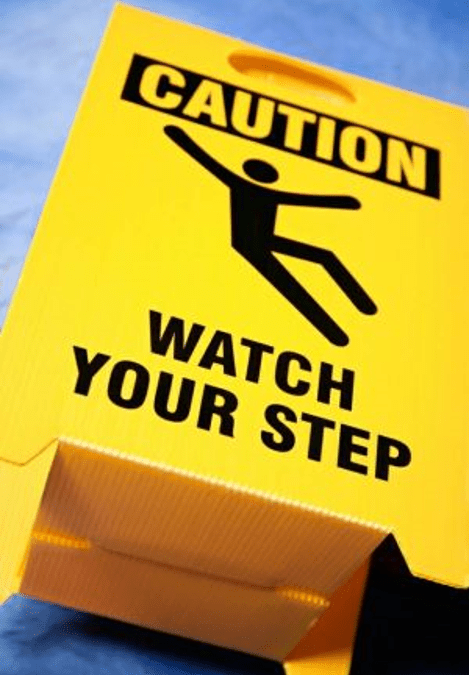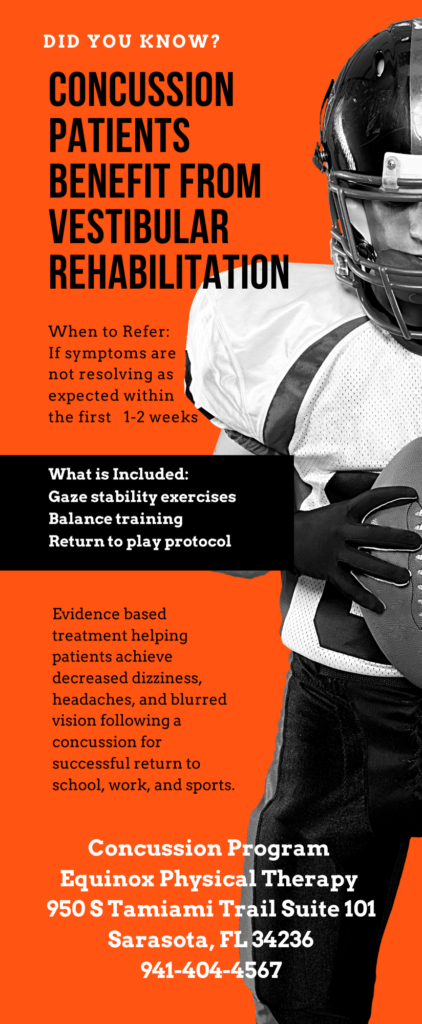Generally speaking, balance therapy is a type of physical therapy that is performed to help a person with a balance problem. Different therapists may approach treating a balance problem based on their own background and expertise. For example, a therapist who comes from an orthopedic background and loves treating mainly people with joint and muscle problems, will tend to do what makes their other orthopedic patients better. That is, put the patient on a bike, and give them leg exercises. If the patient’s balance problem is caused by muscle weakness, they will improve.
However, if the problem is not weakness, they will not improve. It is not unusual for me to get a patient for balance therapy in my Sarasota office, and for the patient to say straight out that they don’t think I will be able to help them, because they have had a lot of physical therapy and did not get any better. The next question I ask is, “Well, tell me what you were doing?”, and 9 times out of 10 they will say sitting on a stationary bike and using machines to strengthen their legs. I usually tell that person, well, good, I am glad to hear that the exercises I have in mind you haven’t done before, so there is still a chance that you will get better.
What are these exercises? They include inner ear balance exercises. Our inner ear system is the major organ in our body that powers our balance. It tells our brain when our head or body is moving, so that the brain can tell the joints and muscles how to move to maintain balance. A classic inner ear exercise is to improve the vestibular-ocular reflex, or VOR. This is a reflex between the ears, the eyes, and the brain. Just to explain it a bit… If a person looks at a target and moves their head side to side, they are stimulating their VOR. The inner ear sends messages to the brain to tell the brain how far or how fast the person is turning their head, and the brain uses this information to coordinate the person’s eyes on the target while the head is turning. If the VOR was not working properly, then when the person turns their head, instead of keeping their eyes on the target, they would find that they are looking in the direction of the head turn. If the person’s VOR is not working properly, the patient could have complaints of dizziness, and be unsteady when walking, especially if turning their head to look at something to the side. Another exercises involves keeping the head still, but watching a moving target. If you would like to see this exercise demonstrated, click here to check out the segment on falls and balance that I recently did for ABC News 7.
According to the CDC, one out of three adults age 65 or older suffer falls each year.
These are only a couple of examples of exercises that improve one’s balance. I know it may sound complicated, but it makes perfect sense. If you have a good balance physical therapist, they should know these exercises and include it in your program to make your ability to use inner ear information stronger. This is just one example of how working with a qualified balance and vestibular therapist, and not just someone who went to PT school, can make all the difference.
Related Article: Trips and falls cause millions of injuries a year




